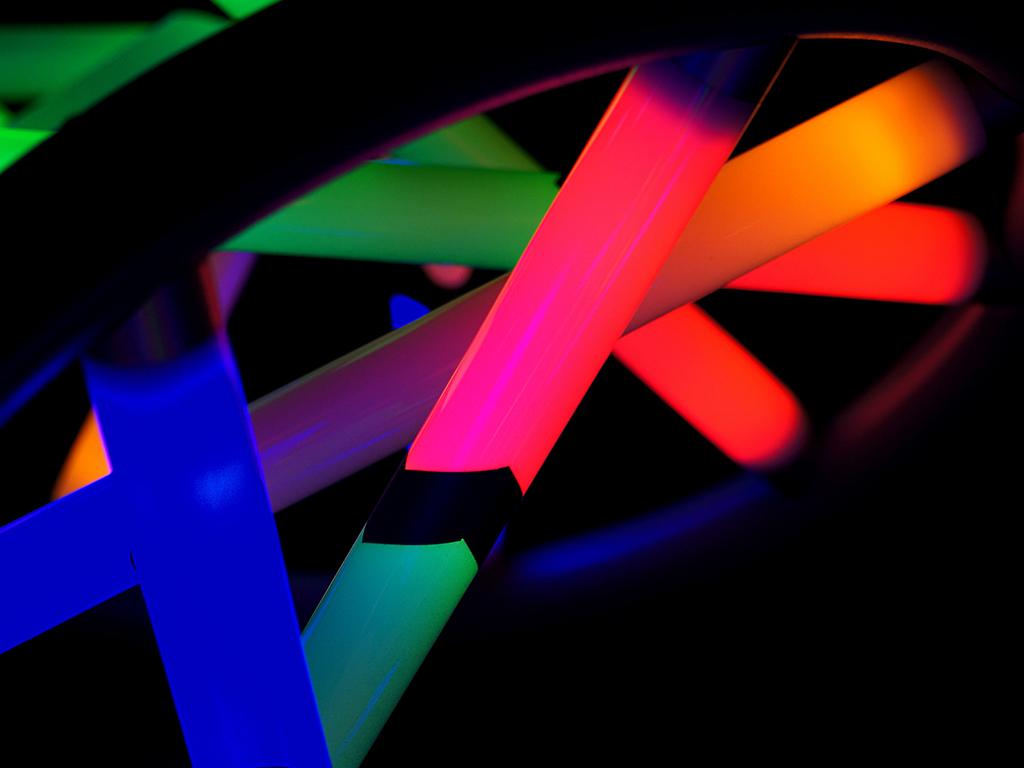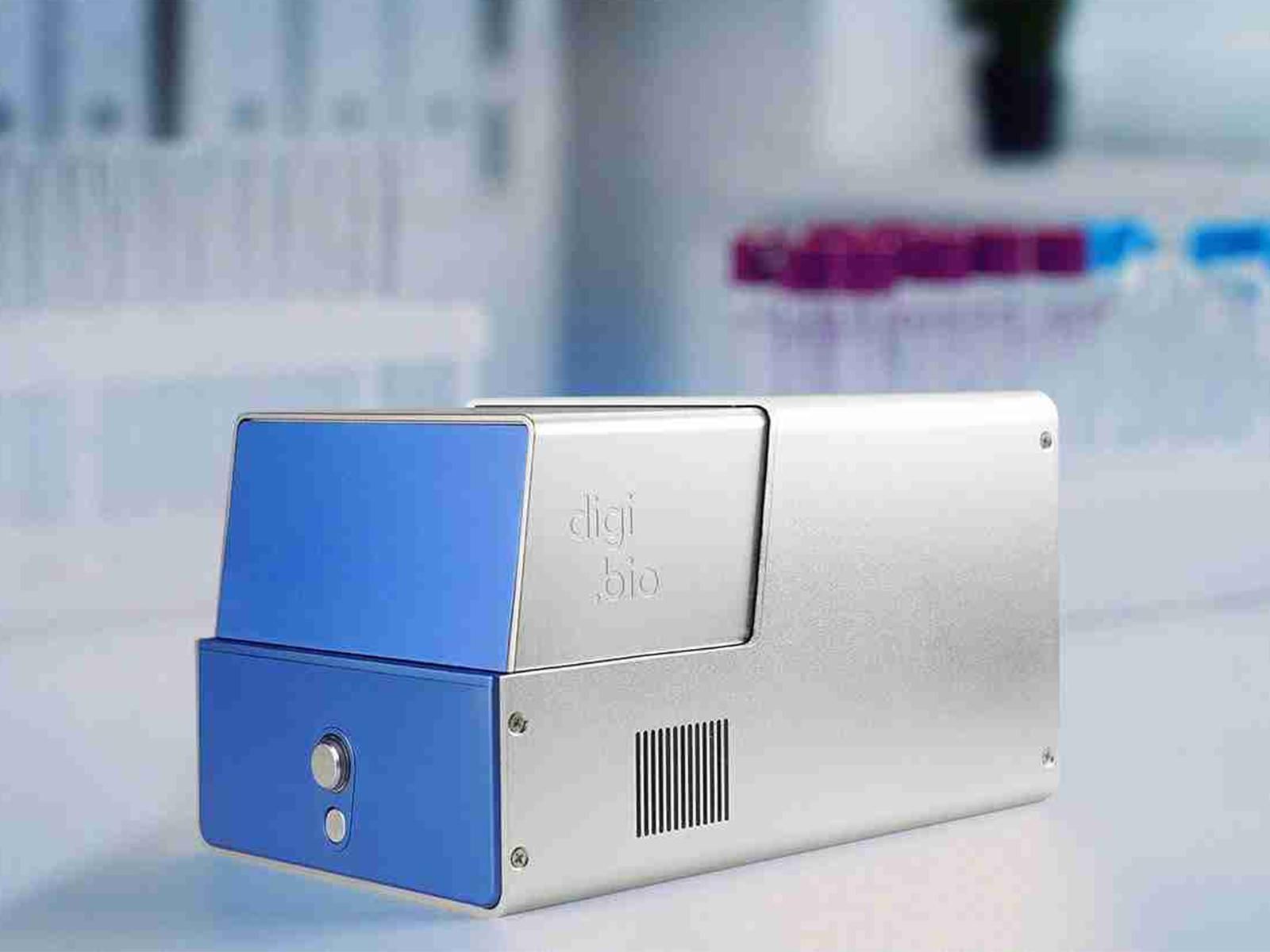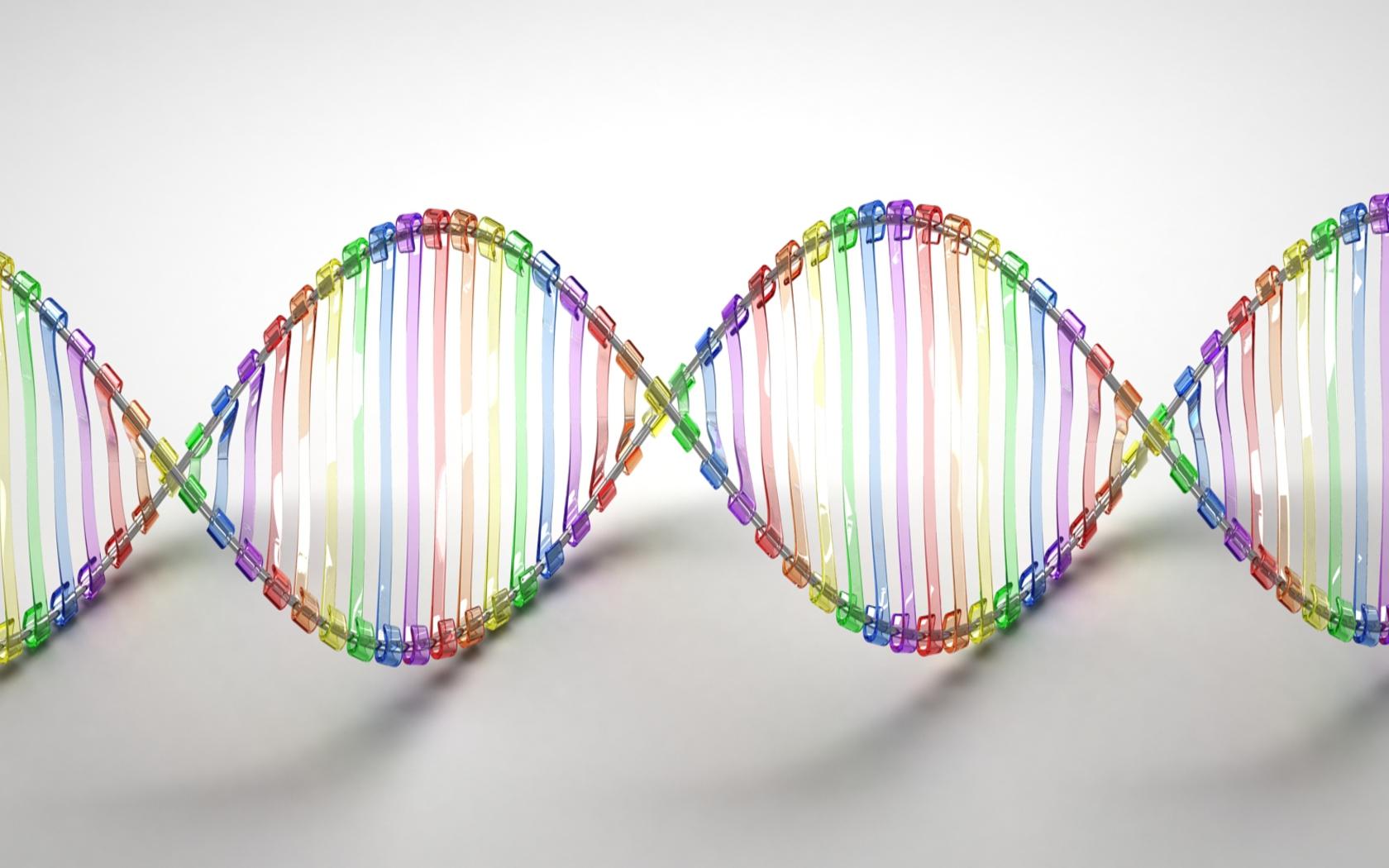Finally, genetic engineering is now officially allowed in Waag's Open Wetlab! The Ministry has granted us the right to program the DNA of bacteria in our lab for bioart, biodesign and biohacking.
Ever since opening the biotech lab in 2012, obtaining such a license was on our wish list. However, the need for an unreasonable complex environmental permit procedure was holding us back. This used to be necessary for even the simplest and most harmless DNA hacking. As of March 1st, the law has changed, enabling us to finally bring the ability to program bacteria into the realm of citizen science, independent arts and design.
This new license, called “S-I”, still comes with very strict safety regulations. For instance, only GMOs known not to pose health risks can be made, and an independent bio-safety expert will be present during the whole procedure. Now that we have the license, we are can invite everyone to hands-on workshops to both understand the controversies and possibilities of biotechnology as well as the important responsibilities underlying the creation of a Genetically Modified Organism (GMO).
The kind of questions that we would like to address with you are: What are GMOs, really? How are they made, why and by whom? Are they dangerous? How can you relate to them? Can we eat them? Or should we avoid them altogether? We will explore these questions and more during a new soon-to-be-announced series of Open Wetlab events.
For this first series, you can join us in co-creating genetically modified bacteria producing colourful pigment proteins visible to the naked eye! Step by step, we will safely guide you through the process of introducing a gene construct into E. Coli.
Also, keep an eye out for these series in case you are curious about one of the most commonly used signalling proteins in medical, cellular and molecular research today. We are allowed to program bacteria to become bioluminescent. In other words, give the microbes the ability to produce green fluorescent protein, or GFP. Originally discovered in jellyfish, the DNA that codes for GFP is used in a huge variety of research methods through the direct visualization of cellular structures. It’s a beautiful interspecies sight to behold. Or is it? Come see and decide for yourself!
These DNA constructs are just the tip of the iceberg in the realm of genetic engineering and design, for which we are now offering the unique opportunity to become familiar with by creating one yourself. Expect to see more of this in the near future as we will organize various open evenings to create, discuss and explore what GMOs are, can be, and could soon become from an interdisciplinary, citizen-centred perspective.


